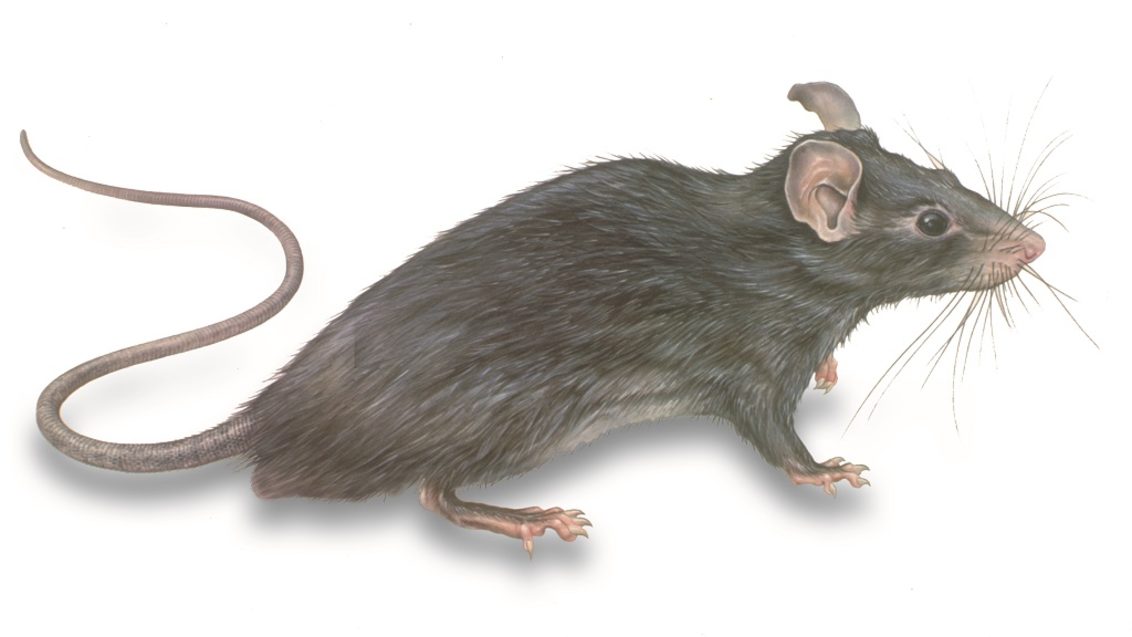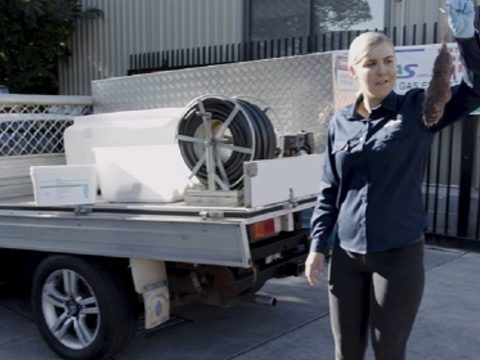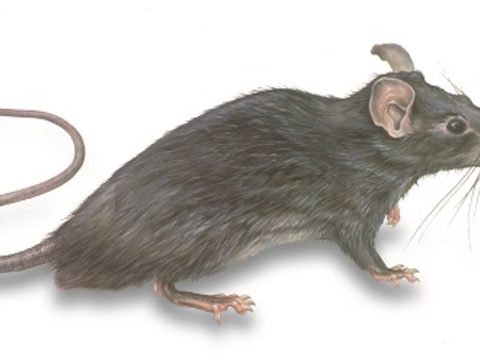Rodent Behavior and Changes in Weather

By Peter Ambrose-Pearce, Technical Services Lead, PPM ANZ
With the 2021 mouse plague and then the high rainfall and flooding in eastern Australia, I have been asked “How does the wet weather change rodents habits and behaviour?”
Rodents are smart, cunning critters that take advantage of the food, water, transportation systems, harbourage and even nesting materials that we provide them. They are opportunistic and we should not underestimate them. Rodents carry a wide range of disease-causing organisms, including many species of bacteria, viruses and parasites, and can cause significant damage to stored food and livestock feed if left unchecked.
Rodents have caused lots of problems, from spreading fleas that cause plagues, gnawing wires that cause fusion fires in electrical appliances and homes, and even severe damage to furniture, motor vehicles and earthmoving equipment.
Rodents are more prevalent and more obvious as the colder months approach, because winter brings the end of the breeding cycle, and rodents will begin their search for warmer spaces, where they can bunker down through winter months as the temperatures drop. Food sources are also more scarce in winter so they search further from their harbourage and nest area, so they will be more visible in urban spaces.
From April to November with cooler days and colder nights, more rainfall, more succulent greener grass and insects like cockroaches, we see greater rodent populations. When all these factors perfectly align at the same time, we can get these populations in plague proportions.
So even when it is as wet as its been, rodents are still able to find refuge or shelter in and around sheds, houses, old car bodies, drains, fallen trees, etc. They can also use abundant grasses, wastepaper, litter, and most other materials to build nests and insulate their adopted living space. In these times we cannot just rely on the use of rodenticide poisons to get the desired control. Good Integrated Pest Management (IPM) from an experienced Pest Manager should also consider manual removal of conducive environmental conditions like removing the old car body as well as mechanical exclusion like blocking holes or grating drains to exclude the entry points. Remember rodents can squeeze through the smallest of gaps (10 mm for mice and 14 mm for rats) – they can flatten their ribs and pelvic bones so they are limited only by their skull and jaw height.
Once the Pest Manager has worked with the client to fix the environmental conditions, then they can choose a suitable bait to reduce the rodent population.
TALON® XT Pro Rodenticide wax blocks are a great choice for several reasons:
1. They are a cast block, so the grain bait is protected for longevity
2. Single feed is enough to kill both rats and mice
3. Can assist in monitoring the population as you can see different gnaw marks prominently on the smooth cast block edges, which is not as plain to see on extruded blocks
4. Wax blocks weather better as the grain bait is not exposed to moisture as soon as the bait is deployed, giving greater weatherability and longer control
5. TALON® XT Pro blocks are highly attractive and palatable for months
6. They have a high melting point so will handle the extreme weather conditions that Australia can and has delivered year on year.
7. TALON® XT Pro blocks contain a bittering agent which deters non-target species from ingesting the bait.
TALON® XT Pro wax blocks should only be used in lockable tamper-proof stations and it is also recommended that stations are securely tethered so the boxes cannot be kicked or moved.
A Rodent Management Plan (RMP) is strongly recommended for commercial applications or where 4 or more baited stations are deployed. This is required to manage and report what has taken place in the treatment and monitoring process and includes the number and location of bait boxes as wells as the amount and type bait blocks per box. The number of stations and blocks per station is dependent on the population numbers which is determined from the inspection of rodent damage, wax, urine tracking marks, reported sightings and fecal matter.
Alternative food sources should be removed or made inaccessible. Stations should be deployed as per the label and we also need to consider other aspects like pets and children, who may access the area from time to time. Consideration to native species in urban bushland and rural settings is also important, as some native species are protected and fines can be enforced under State and Federal Legislation.
Monitoring rodenticide treatments for efficacy and the removal of dead or dying rodents on a routine basis is recommended and depending on site sensitivity, this may be a daily requirement (eg childcare centres, pet boarding kennels, piggeries). Baits should be checked at least every 7 to 14 days for consumption and more frequently depending on rodent numbers. Some HACCP sites dictate the baits are to be checked every 24 hours, especially outside of food production and storage facilities as baiting is not possible inside these buildings.
Rodents are smart and are aware of anything new in their area, so having stations in an area prior to the rodents setting up residence helps from day 1. If new stations are placed in an established population it can take up to a week before the rodents will investigate or enter a newly place bait box. It’s also worth noting that bait boxes used on a previous site can have scents and marking from that site which will impact how the rodents at the new site react. So, placement of clean stations with fresh bait is always the key to great results.
It is important that baits are stored and handled correctly. Do not store baits near insecticide dust or liquid solvent-based chemicals in your truck. Keep baits airtight in the original packaging (labelled) and use disposable gloves to handle the bait which is not only good practice but directly helps prevent scents (deodorant, soap or aftershave) which can disturb rodent acceptance.
Once the rodent population has been controlled, remove some of the stations and go to a monitoring and pulse baiting program, which will give your customers satisfaction that their problem will never be as bad as it initially was.
Changes in weather can change the behaviour of rodents, and a thorough IPM program using a great product like TALON® XT Pro is a good start to getting on top of rodent infestations.



